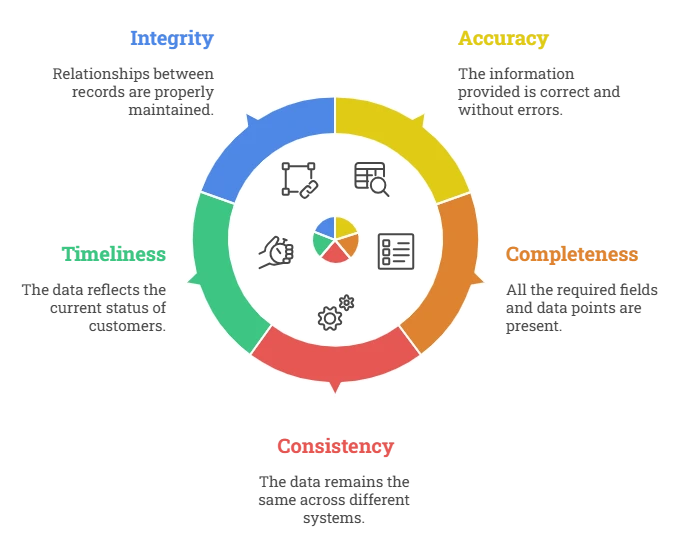This is the fourth blog in our Data Engineering for Banks series.
If you haven’t read the prior ones, click here:
→ Why EU Banks Need Stronger Data Engineering
→ Data Engineering Starts with a Data Assessment
→ Designing a Robust Data Architecture for Banking
Now in Part 4, we’re getting into a topic every bank deals with, “data quality.”
Because even the best architecture and assessments can only deliver results if the data flowing through your systems is accurate, complete, and consistent.






 15 mins
15 mins











 Talk to Our
Consultants
Talk to Our
Consultants Chat with
Our Experts
Chat with
Our Experts Write us
an Email
Write us
an Email





